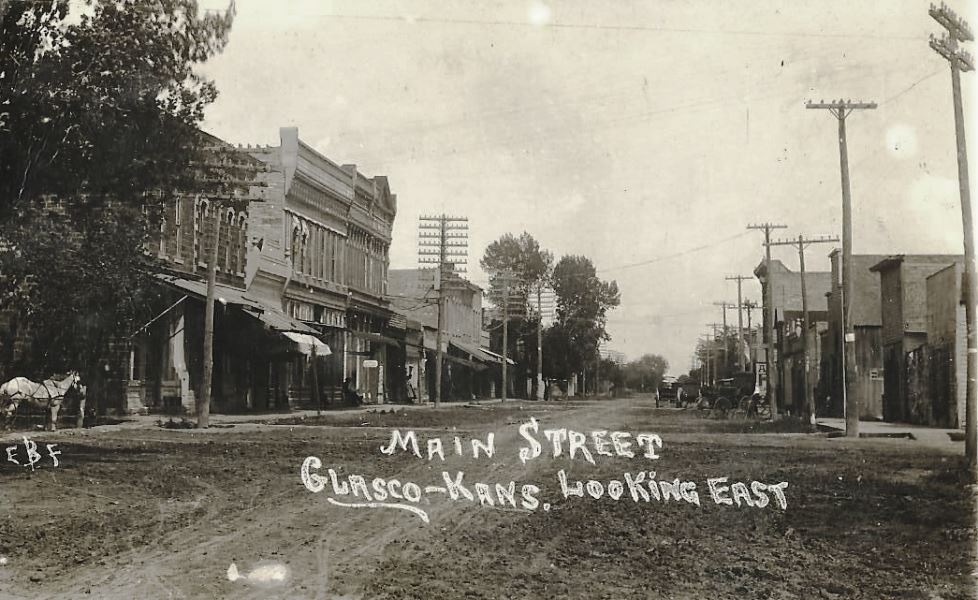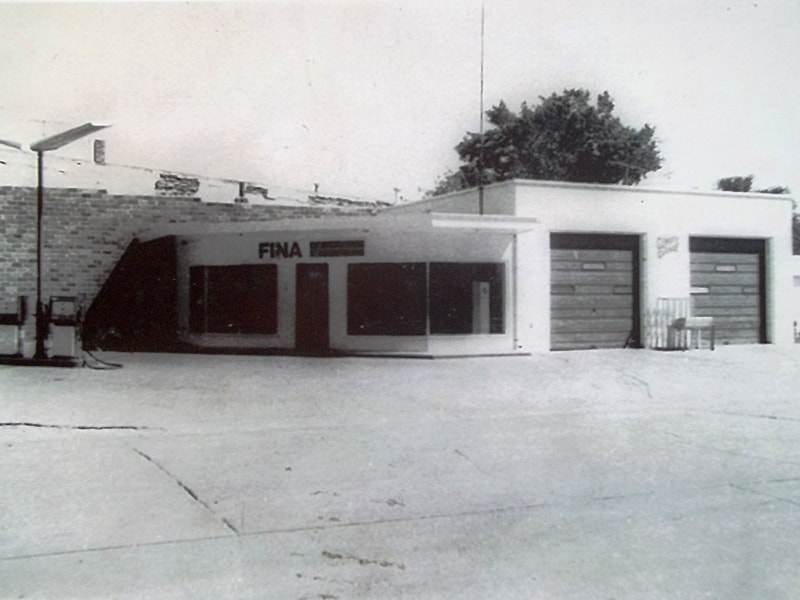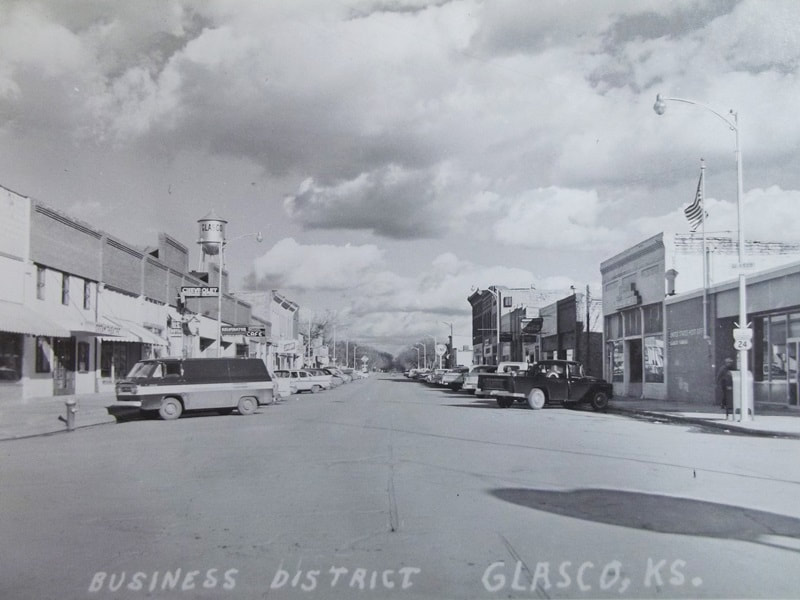Did You Know?
Glasco gained nationwide notice as a route pit stop for the 1995 and 1997 Sunrayce -- a solar powered auto race. Now known as North American Solar Challenge drivers participating in this Indianapolis to Colorado Springs contest, stopped their specially designed cars "downtown" to eat and change drivers. Race fans, participants, and college crews gave Glasco high praise for their warm welcome.
Glasco gained nationwide notice as a route pit stop for the 1995 and 1997 Sunrayce -- a solar powered auto race. Now known as North American Solar Challenge drivers participating in this Indianapolis to Colorado Springs contest, stopped their specially designed cars "downtown" to eat and change drivers. Race fans, participants, and college crews gave Glasco high praise for their warm welcome.
|
Glasco's "Downtown" was placed on the
National Register of Historic Downtown Sites in November, 2002. |
|
|
Historical Timeline
The area's first residents were Pawnee Indians living in a village located on the banks of the Solomon River, near to where Glasco would one day be built. The first permanent "settlers," John Hillhouse, Robert Smith and John Hendershot, arrived in the area 1865. They were soon followed by H.H. Spaulding and A.D. Teasley in 1866. In 1869, a post office was established and a stockade built. Glasco's first settlers spent one winter in this stockade as protection from Indian related troubles. The establishment of the town site came about in part from a Revolutionary Land Grant provided by the U.S. Government to Isaac Biggs, another of the community's earliest pioneers. This was proceeded by the incorporation of the Dell Ray Town Company, July 18, 1871 and our community's first name, Del Ray. The community's name, as we all know it today, Glasco, was officially adopted by the Kansas state legislature in 1878. It was incorporated as a city of the third class on April 14, 1886. |
Click a photo below to enlarge, then " > " for slideshow.
|
Landmark events:
- 1868 --Last Indian raid
- 1872 --Last buffalo killed in the area
- 1873, 1874 --Grasshoppers ate everything, "even wooden tools."
- 1878 --Dr. Brierley came to Glasco and stayed until his death in 1911
- 1879 --Union Pacific railroad reached Glasco
- 1880 --Biggs Building erected; still stands on Main Street
- 1880 --First newspaper, Glasco Banner, established
- 1883 --Glasco Sun began publication on January 20
- 1884 --West River Bridge constructed. No longer necessary to ford Solomon River
to reach Glasco from the south - 1896 --Glasco High School established
- 1911 --Major fire destroyed many Main Street buildings
- 1912 --City water and electricity installed
- 1914 --Transcontinental Midland Trail, Red Line Division, goes through Glasco
along Main Street - 1921 --Glasco High School built. It still remains in use as a school, today!
- 1950 --Glasco Grade School built; Still serves grades K-8
- 1951 --Major flooding reaches Main Street
- 1968 --Glen Elder Dam constructed; controls Solomon River flow
- 1990 --The 1884 Pott's Ford wrought iron bridge placed on National Register
of Historic Sites - 2002 --Downtown placed on National Register of Historic Downtown Districts
- 2008 --Proposed National U.S. 24 Museum site, 102-106 E. Main, named
Partnership Site of the Kansas State Historical Society - 2009 --Glasco named a Preserve America Steward
- 1890s --Town Baseball Team organized.
- 1893 --First football team organized by Tom Day
- 1896-1902 --Famous Glasco football team of farm boys played KU, Ottawa U,
Washburn, Bethany, and Haskell - 1901-1909 --Organized the first basketball team in the area. Glasco Athletic Club
Team played teams from Chicago to Nome, Alaska - 1902 --Baseball State Champions
- 1914 --Baseball State Champions
- 1914-1916 --Red Line Basketball Team marked telephone poles by day,
played ball by night, marking the highway to Colorado. This is
now US Highway 24.















